Madrid is a fascinating place with an energy that carries a straightforward message: this city knows how to live.
If you are here, you will probably consider visiting the city soon. We recommend reading our Short Madrid travel guide for up-to-date information about the city.
Why visit Madrid?
Madrid is the capital of Spain and the country’s most visited city. With over 10 million visitors, it is one of the most popular cities in Europe.
Furthermore, the number of foreign tourists who visit Madrid grows due to its rich culture, landmarks, fantastic nightlife, and fun activities. More importantly, over here, you can feel Spain’s true essence, its elegant architecture, the life in its plazas, and the delicious cuisine.
Madrid has art bursting from the seams: the capital museums are packed with true treasures from history’s leading painters and sculptors. The Prado, the Reina Sofía, and the Thyssen make up the golden triangle, where you can enjoy the most delicate Spanish and international art.
Our website includes affiliate links. So, keep in mind that we may receive commissions when you click our links and make purchases. Please read our legal disclaimer document for more information about our Affiliate disclaimer and other disclaimers like Fair-Use disclaimer, etc.
How to get to Madrid
Madrid is a well-connected city nationally and internationally by train, air, and road. It is the center of the Spanish railway network, has an excellent road network, and the main international airport is just 13 km from the city center.
By plane
Whether low-cost or standard carriers, all flights fly into the main international airport in Madrid called Adolfo Suárez Madrid Barajas Airport, which is exceptionally well connected and close to the city center.
Traveling from the U.S.
Several airlines offer inexpensive and direct flights between the U.S. and Madrid, especially from New York City and Chicago’s O’Hare Airport. Direct flights cost approximately $500 in the off-season and $1,000 during peak season.
These are the primary carriers:
Traveling from Canada
Air Canada is the only airline to offer non-stop flights between Toronto and Madrid. Other carriers, such as Iberia and British Airways, offer one or 2-stop flights from Montreal or Toronto.
Traveling from Australia
Currently, no airlines fly directly from Australia to Spain’s capital. Still, the leading airlines like Emirates, British Airways, and Qatar Airways offer several flights with just 1 or 2 stopovers.
Traveling from Europe
Several low-cost carriers fly to Madrid from different cities in the United Kingdom and the EU, usually from 2 to three hours. The prices are often more than just cheap. Please check the following links: the Skyscanner and Google flights should you like to find out more.
How to get to the center from the airport
By car
You can also get to Madrid by car from other parts of the peninsula or other European cities and towns. To plan your itinerary, we recommend Google Maps:
By train
Madrid’s two main railway stations are Chamartin and Atocha. Depending on where you come from, you will get to one or the other.
The AVE (Alta Velocidad Española) is a modern high-speed train in Spain that connects Madrid with Barcelona, Valencia, Seville, Cordoba, Alicante, Cuenca, Albacete, Villena, and Malaga, among other Spanish cities. More importantly, AVE trains are generally punctual and very comfortable with short travel times. Nevertheless, the tickets can be a little expensive. So, we recommend checking Avant and Alvia tickets or Altaria if you want something cheaper.
To see the schedules and rates, check out AVE’s official website:
Getting around Madrid
On foot
While not flat, walking is an excellent option for the very center of the city. Many side streets are pedestrianized, and some even have many shades to control the intense summer heat. Make sure you take a cap.
By Metro and bus
Madrid’s public transport system is highly efficient; it connects the city’s main interest points and is relatively cheap compared to other European cities. You can use buses, Metro, taxis, or even electric bikes. Ultimately, you can purchase the city’s passes and save some money. For more info, click here.
Things to do and to see in Madrid.
Madrid is a city like no other. Often overshadowed by its northern neighbor, Barcelona, the city has a cultural richness matched by very few destinations. A history of world-famous artists, renowned culinary experiences, and a solid relationship with the performing arts make Madrid one of the most exciting places on the planet. Sunsoaked and boasting stunning architecture, the city is an ideal year-round travel destination. The main attractions are the Prado Museum, Retiro Park, Royal Palace, Santiago Bernabéu Stadium (of course), and many others. For more information, please check our related article about top Madrid attractions.
Where to stay in Madrid?
Finding the right place for you in Madrid becomes easier once you straighten out your priorities. You should ask yourself if you are on a budget, a first-timer, etc. That’s why we have prepared some FAQs to help you.
Where should I stay for my first time in Madrid?
The answer is Centro.
Where should I stay for the nightlife?
Madrid is one of the liveliest cities in Europe and has fantastic nightlife. The capital can be divided into several areas with different bars and clubs to suit all tastes. The best places are Huertas, Malasaña, Chueca or Avenida de Brasil.
Where should I stay if I am LGBT+?
It would be best to stay in the Chueca neighborhood for its trendy bars and clubs; however, there is more about that in our Gay Guide to Madrid.
Where should I stay if I am a foodie?
Madrid’s gastronomy is varied and could be described as a mix of Spanish cuisine from different regions. You will find good places to eat everywhere. However, in these parts, there are genuinely a lot of good restaurants: La Latina, Chueca, Malasaña, and Lavapiés (Asian and South American cuisine).
Click on this link to find the best deals for you.
What and where to eat in Madrid?
Here, a dining establishment is practically on every corner. It’s no wonder why deciding where to eat in Madrid sometimes feels overwhelming!
So we’ve done the hard work for you and narrowed down the can’t-miss eateries in Spain’s thriving capital. You can eat at food markets, tapas bars, restaurants, cafes, bakeries, and pastry shops. If you’d like to learn more, please read our related article about Must try Spanish cuisine in Madrid.
Coronavirus Update: Please note that some venues may be closed in line with local government advice. Stay safe and follow the local authority’s guidance to minimize the risk of virus transmission. Please check the venue’s website for the latest opening hours and information before making your journey. Ultimately, you can check the Skyscanner site for the latest COVID-19 travel updates and restrictions
Madrid Travel Advice
I.D. visa or passport to visit Spain? Discover the documentation you’ll need depending on your nationality. Depending on your race, these are the necessary documents you will need to travel to Spain and Madrid:
U.S. Citizens
American citizens traveling to Spain for less than 90 days do not need a visa. However, they will need a valid passport for at least six months beyond their stay. Immigration officers may also ask citizens to show enough funds for their visit and a return airline ticket.
E.U., EEA, and Swiss Citizens
As citizens of the European Union and European Economic Area, you will not need a visa to enter the country.
Ultimately, we recommend visiting your country’s Spanish Embassy or checking the Spanish Ministry of Foreign Affairs and Cooperation’s website for more information: Ministerio de asuntos exteriores y de cooperación.
Money
The currency in Spain is the Euro. Cash dispensers are widely available. Credit and debit cards are generally accepted. However, some shops may require a photo ID if paying by card.
Electricity
They utilize two hundred twenty volts, using standard European 2-round pin plugs.
Short Madrid travel guide – final thoughts
We fell for Madrid because the life that runs relentlessly through the streets here still excites us. Here is a place where Europe’s most vibrant passions are the fabric of daily life. Yet Madrid is also one of the most open cities on earth, and it doesn’t matter where you’re from: ‘If you’re in Madrid, you’re from Madrid.’
Related articles

The guide to gay Madrid
Are you planning to visit Madrid for a weekend or a few days? You probably wonder what the city’s top attractions are, how to get

Must try Spanish cuisine In Madrid
Food adventures are part of every good vacation. Therefore we have decided to present you a list of the Must try Spanish cuisine In Madrid.
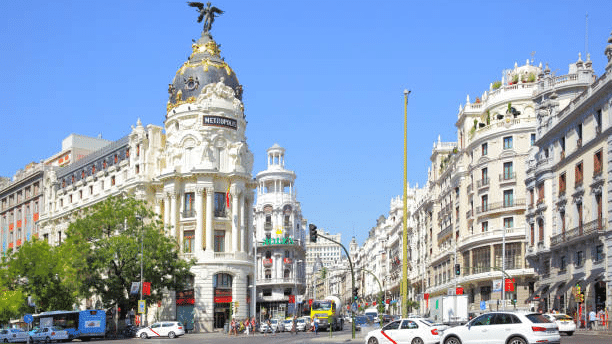
Top Madrid attractions you need to see
Are you planning to visit Madrid, Spain, for a weekend or a few days? Do you probably wonder what the Top Madrid attractions are? How
References and sources:
Photo credits:
Featured photo: ©piola666

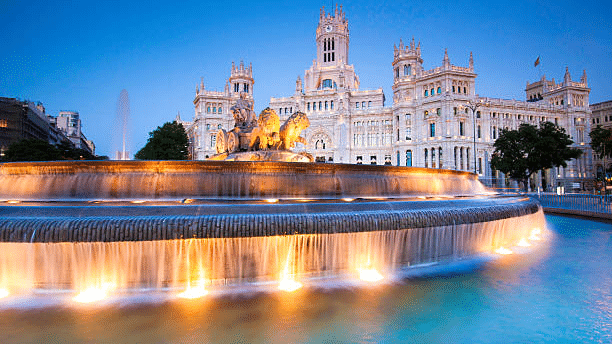


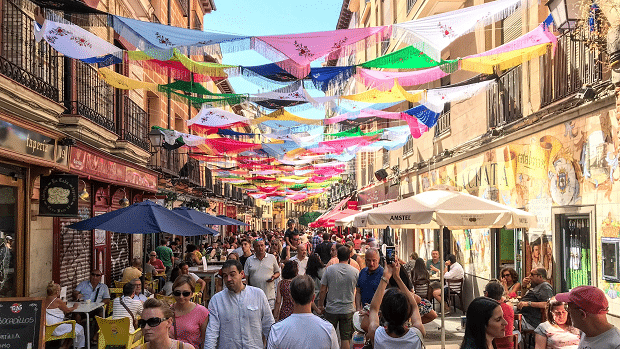
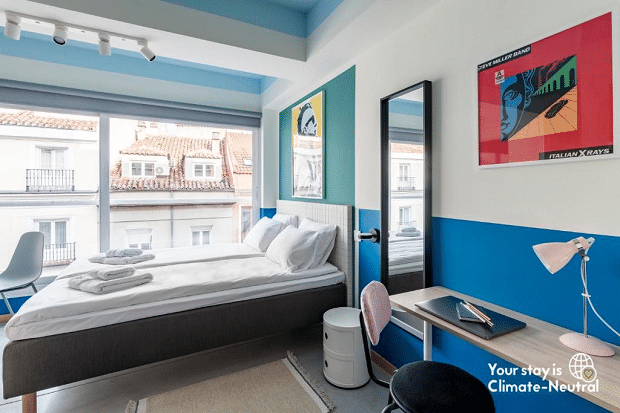
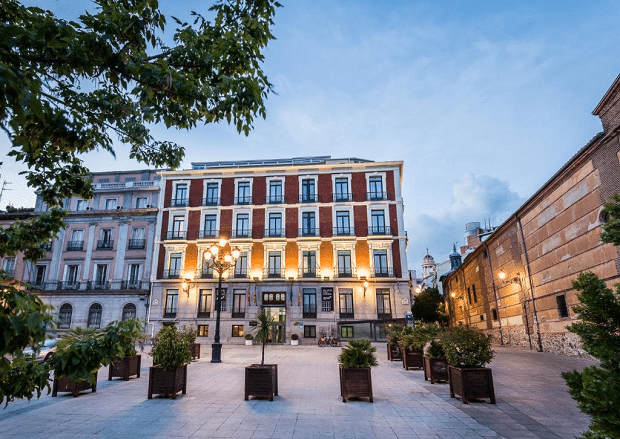
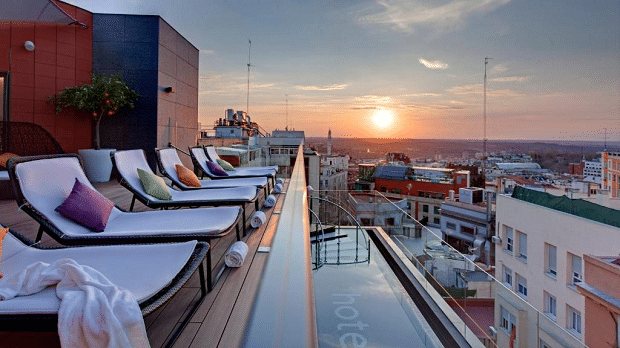

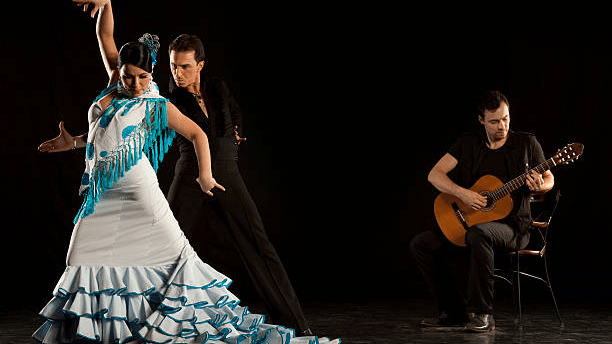
Pingback: Excellent Pablo Picasso quotes - Charming Vibes 4U
Pingback: Top Madrid attractions you need to see - Charming vibes 4u
It was very interesting to read this piece of writing! Thank you so much!